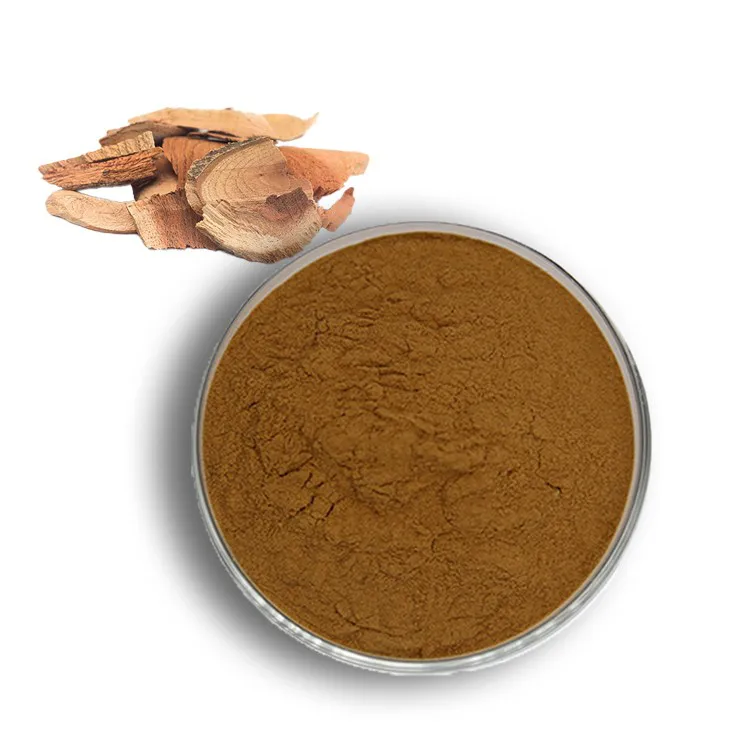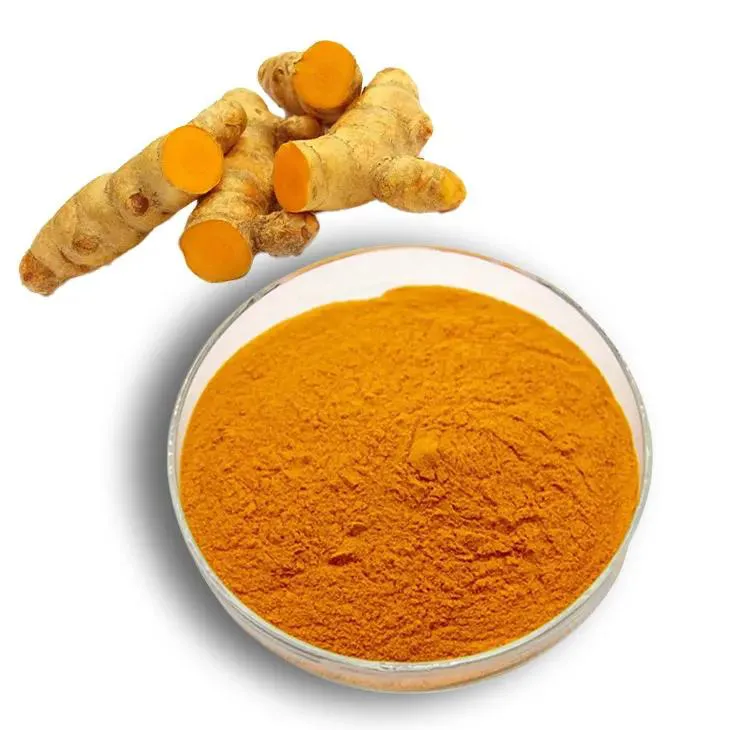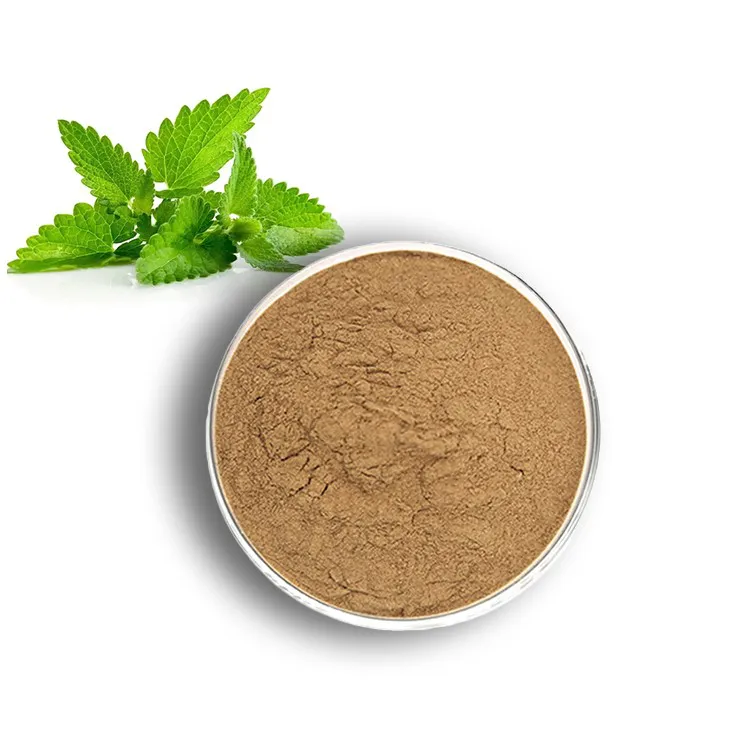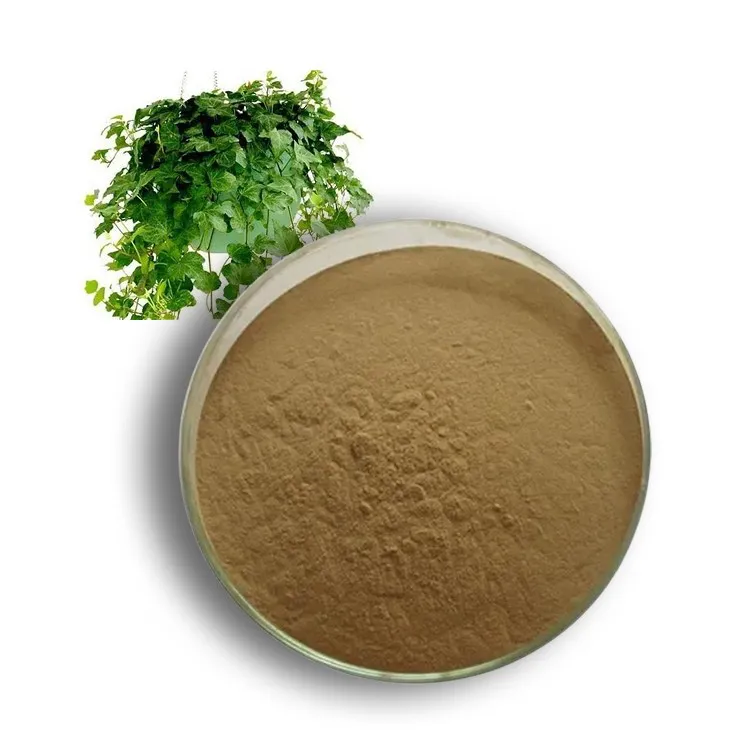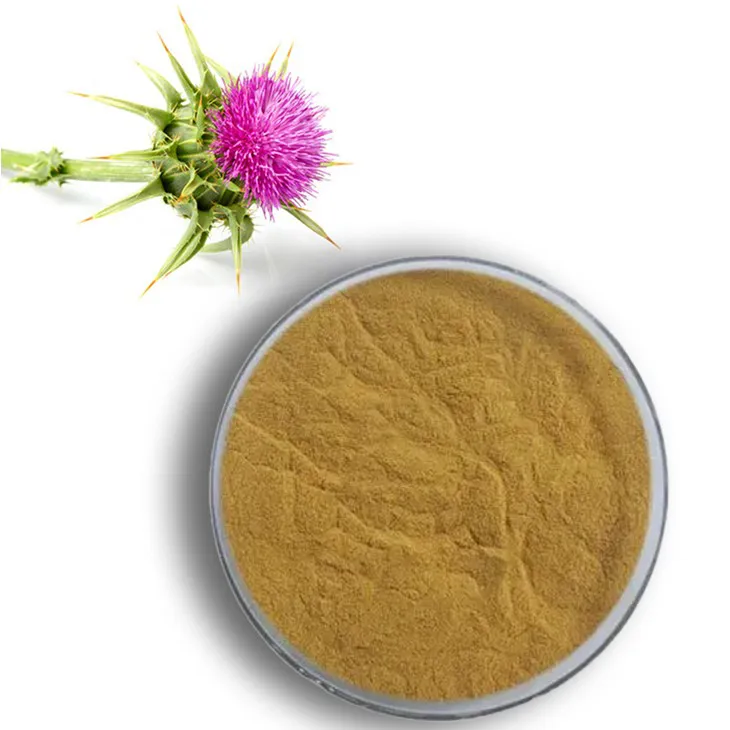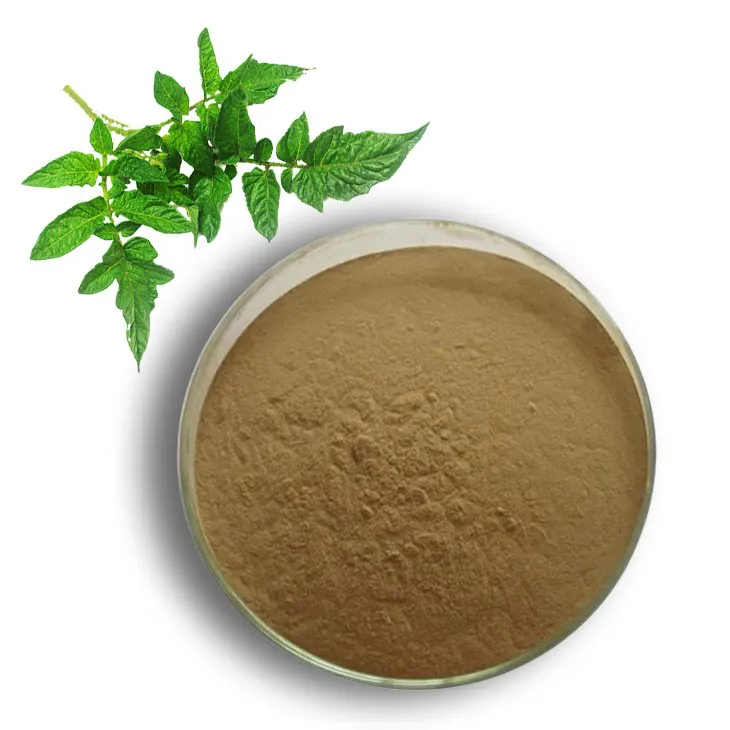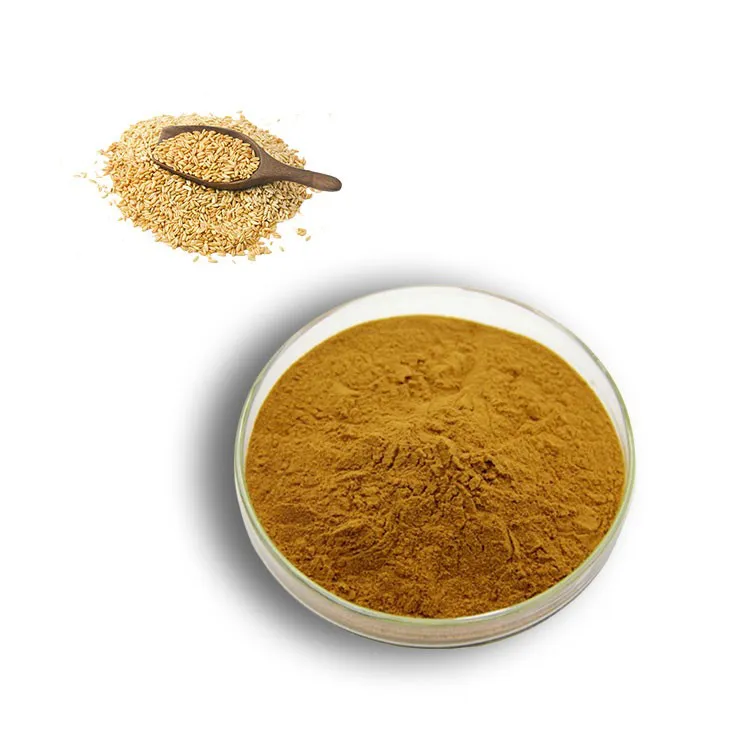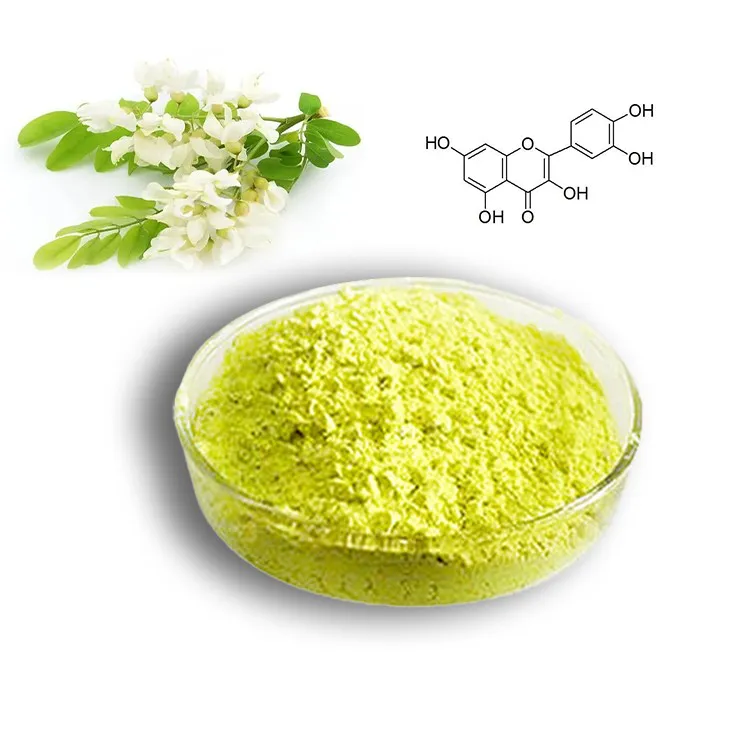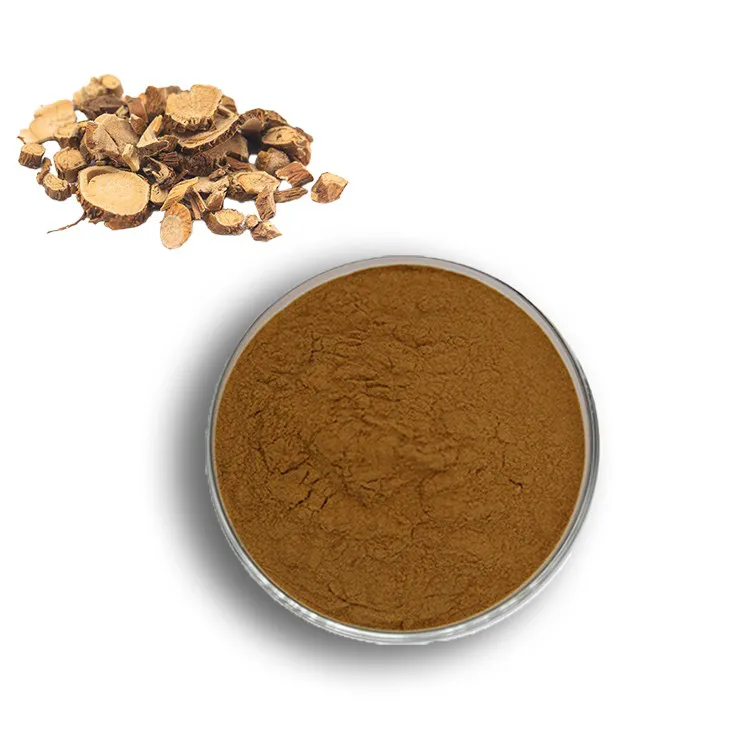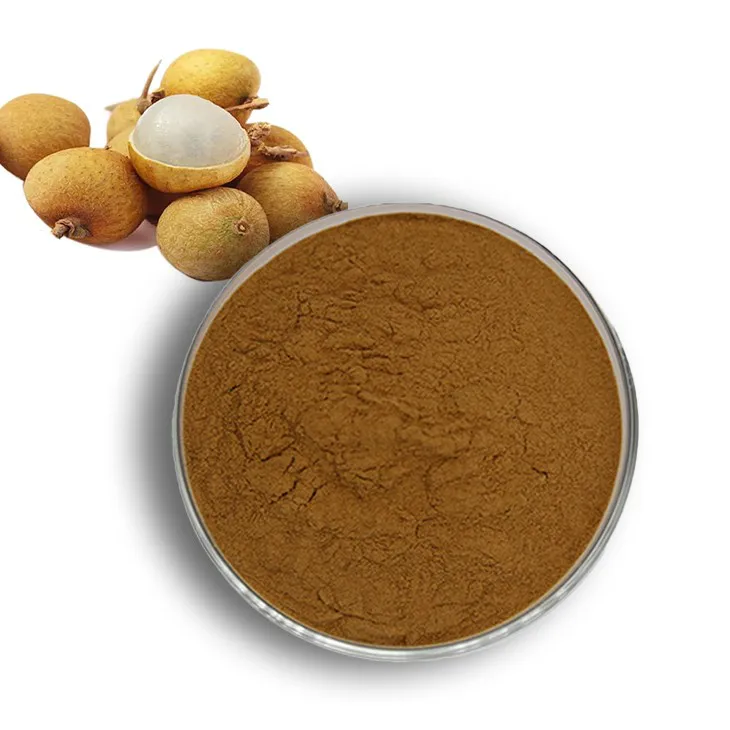- 0086-571-85302990
- sales@greenskybio.com
how to prepare methanolic extract of plant
2023-09-27
1. Importance of Methanolic Extracts in Plant Research
1. Importance of Methanolic Extracts in Plant Research
Methanolic extracts play a pivotal role in plant research due to their ability to dissolve a wide range of bioactive compounds present in plant tissues. These extracts are crucial for the identification and analysis of secondary metabolites, which are essential for various biological activities. Here are some of the key reasons why methanolic extracts are important in plant research:
1.1 Rich Source of Bioactive Compounds: Methanol is a polar solvent capable of extracting a diverse array of compounds, including alkaloids, flavonoids, terpenoids, and phenolic compounds, which are often responsible for the medicinal properties of plants.
1.2 Versatility in Extraction: The use of methanol allows for the extraction of both hydrophilic and lipophilic compounds, making it a versatile choice for researchers looking to analyze the full spectrum of plant constituents.
1.3 Preservation of Compounds: Methanolic extracts help in preserving the integrity of the extracted compounds, which is essential for further chemical and biological studies.
1.4 Facilitation of Further Analysis: Once prepared, methanolic extracts can be used for various analytical techniques such as high-performance liquid chromatography (HPLC), gas chromatography-mass spectrometry (GC-MS), and nuclear magnetic resonance (NMR) spectroscopy, facilitating the identification and quantification of plant constituents.
1.5 Standardization of Plant Materials: Methanolic extracts are instrumental in the standardization of herbal products, ensuring that the plant material contains a consistent amount of bioactive compounds, which is crucial for quality control and efficacy.
1.6 Contribution to Drug Discovery: Many drugs have been discovered through the analysis of plant extracts, and methanolic extracts are no exception. They provide a rich source of compounds that can be tested for potential therapeutic effects.
1.7 Environmental and Ecological Studies: Methanolic extracts can also be used to study the chemical ecology of plants, understanding how they interact with their environment and other organisms.
1.8 Phytochemical Screening: They are widely used in preliminary phytochemical screening to determine the presence of various classes of compounds in plant materials.
Understanding the importance of methanolic extracts in plant research underscores the need for standardized and efficient methods of extraction, which will be discussed in the subsequent sections of this article.
2. Collection and Preparation of Plant Material
2. Collection and Preparation of Plant Material
The process of preparing a methanolic extract of plant material is a critical step in plant research, particularly for the analysis of secondary metabolites and the study of plant biochemistry. The quality and integrity of the final extract are heavily dependent on the careful collection and preparation of the plant material. Here's how to go about it:
2.1 Selection of Plant Material
Choose the plant material based on the research objectives. The part of the plant (leaves, roots, bark, flowers, etc.) to be collected may vary depending on the compounds of interest.
2.2 Collection Time and Conditions
The time of collection can affect the chemical composition of the plant. Some compounds may be more abundant during specific seasons or times of day. It is essential to standardize the collection conditions to ensure reproducibility in research.
2.3 Cleaning
Before extraction, the plant material should be thoroughly cleaned to remove any dirt, debris, or potential contaminants. This can be done using distilled water and a soft brush.
2.4 Drying
Fresh plant material is typically dried to reduce its moisture content, which helps prevent microbial growth during storage and extraction. Drying can be done using a lyophilizer (freeze-drying), an oven at a low temperature, or air-drying in a well-ventilated area.
2.5 Grinding
Once dried, the plant material should be ground into a fine powder using a mortar and pestle, a grinding mill, or other suitable equipment. This increases the surface area for better extraction of compounds.
2.6 Storage
If the plant material is not to be used immediately, it should be stored in airtight containers at low temperatures to preserve the integrity of the compounds.
2.7 Documentation
Maintain detailed records of the plant species, collection site, date, and any other relevant information. This documentation is crucial for traceability and replicating the study.
2.8 Ethical Considerations
Ensure that the collection of plant material complies with local and international regulations regarding biodiversity conservation and sustainable use.
Proper collection and preparation of plant material are foundational to obtaining a high-quality methanolic extract. The next steps involve the actual extraction process, which will be detailed in the subsequent section.
3. Equipment and Reagents Needed
3. Equipment and Reagents Needed
To prepare a methanolic extract of plant material, certain equipment and reagents are essential for ensuring a successful and efficient process. Here is a list of the key items you will need:
Reagents:
1. Methanol: A high-purity solvent used for extracting compounds from plant tissues. It is crucial to use anhydrous methanol to avoid the presence of water, which can interfere with the extraction process.
2. Chloroform: This is used in some methods to help separate the organic and aqueous phases during extraction.
3. Water: Distilled or deionized water is necessary for rinsing and diluting the extract if needed.
Equipment:
1. Plant Material: Fresh or dried plant material, depending on the specific requirements of your research.
2. Mortar and Pestle: Useful for grinding dried plant material into a fine powder, which increases the surface area for better extraction.
3. Beakers: For mixing and storing solutions during the extraction process.
4. Filter Paper: To filter the extract and remove any solid plant debris.
5. Filtration Apparatus: Such as a Büchner funnel or a vacuum filtration setup, to facilitate the filtration process.
6. Separatory Funnel: For separating the organic and aqueous phases if using a solvent like chloroform.
7. Glassware: Including graduated cylinders, pipettes, and volumetric flasks for measuring and transferring liquids accurately.
8. Centrifuge: To separate the phases and remove any remaining solid particles.
9. Rotary Evaporator: For the efficient removal of methanol from the extract, leaving behind a concentrated solution of the desired compounds.
10. Balance: An analytical balance for accurately weighing plant material and any added reagents.
11. Glass Vials or Flasks: For storing the final methanolic extract.
12. Safety Equipment: Including gloves, safety glasses, and a lab coat to protect the researcher from potential hazards.
Optional Equipment:
1. Sonicator: To enhance the extraction process by breaking cell walls and facilitating the release of compounds.
2. Lyophilizer: For drying the extract if a solid form is required for further analysis or storage.
Having the right equipment and reagents is crucial for the successful preparation of a methanolic extract. It ensures that the process is efficient, reproducible, and yields a high-quality extract suitable for various applications in plant research.
4. Steps for Preparing Methanolic Extract
4. Steps for Preparing Methanolic Extract
Preparing a methanolic extract of plant material is a critical process in plant research, particularly for the analysis of secondary metabolites, such as flavonoids, alkaloids, and phenolic compounds. Here are the detailed steps to prepare a methanolic extract of plant material:
Step 1: Selection of Plant Material
- Choose the appropriate plant part (leaves, stems, roots, flowers, or fruits) based on the research objective.
- Ensure the plant material is fresh and free from contamination.
Step 2: Collection and Drying
- Collect the plant material and wash it thoroughly to remove dirt and other impurities.
- Dry the plant material using a lyophilizer or in a well-ventilated area to reduce moisture content, which helps prevent microbial growth during storage.
Step 3: Grinding
- Grind the dried plant material into a fine powder using a mortar and pestle or a mechanical grinder.
- The fine powder increases the surface area for better extraction efficiency.
Step 4: Weighing the Plant Powder
- Accurately weigh a known quantity of the plant powder to ensure consistency in the extraction process.
Step 5: Preparation of Methanol Solution
- Prepare a methanol solution by diluting pure methanol with distilled water to the desired concentration (commonly 70% or 80% methanol).
Step 6: Extraction
- Transfer the weighed plant powder into a clean extraction vessel.
- Add the prepared methanol solution to the vessel, ensuring the plant material is fully submerged.
- Seal the vessel and agitate it on a shaker or rotator for a specified period, typically 24 hours, to allow for thorough extraction of compounds.
Step 7: Filtration
- After the extraction period, filter the mixture through filter paper or a vacuum filtration system to separate the solid plant residue from the liquid extract.
Step 8: Evaporation
- Evaporate the filtrate using a rotary evaporator or by placing it in a fume hood to allow the methanol to evaporate, leaving behind the concentrated plant extract.
Step 9: Drying and Storage
- Dry the concentrated extract completely to remove any residual methanol.
- Store the dried extract in airtight containers, preferably at low temperatures and away from light to preserve the integrity of the compounds.
Step 10: Documentation
- Record all the steps, measurements, and conditions used during the extraction process for reproducibility and future reference.
By following these steps, researchers can prepare a methanolic extract of plant material that can be used for various analytical techniques and studies. The quality and yield of the extract will depend on the efficiency of each step and the nature of the plant material used.
5. Quality Control of the Methanolic Extract
5. Quality Control of the Methanolic Extract
Quality control is a critical step in the preparation of methanolic extracts to ensure the reliability and reproducibility of the results obtained from plant research. The following are key aspects to consider for quality control:
5.1. Purity of Methanol
Ensuring the purity of the methanol used is essential, as impurities can interfere with the extraction process and subsequent analyses. High-performance liquid chromatography (HPLC) or gas chromatography (GC) can be employed to verify the purity of the methanol.
5.2. Plant Material Verification
The plant material should be accurately identified and authenticated to avoid any discrepancies in the results. This can involve using botanical keys, DNA barcoding, or consulting with taxonomists.
5.3. Standardization of Extraction Conditions
Maintaining consistent extraction conditions, including temperature, time, and solvent-to-sample ratio, is crucial for obtaining reliable and reproducible extracts.
5.4. Sample Homogeneity
Ensuring that the plant material is uniformly ground or chopped helps in achieving a homogenous extract, which is important for accurate analysis.
5.5. Evaporation and Drying Techniques
The efficiency of the evaporation and drying process can significantly impact the quality of the extract. Techniques such as rotary evaporation or lyophilization should be carefully controlled to prevent degradation of the compounds of interest.
5.6. Storage Conditions
Proper storage of the methanolic extract is vital to prevent degradation and contamination. The extract should be stored in airtight containers, away from light, and at low temperatures.
5.7. Analytical Techniques for Quality Assessment
Various analytical techniques can be used to assess the quality of the methanolic extract, including:
- Thin Layer Chromatography (TLC): A preliminary test to check the presence of various compounds.
- High-Performance Liquid Chromatography (HPLC): For quantitative analysis of specific compounds.
- Gas Chromatography-Mass Spectrometry (GC-MS): To identify and quantify volatile compounds.
- Nuclear Magnetic Resonance (NMR): For structural elucidation of complex molecules.
5.8. Documentation and Record Keeping
Maintaining detailed records of all steps involved in the extraction process, including the date, plant species, extraction conditions, and analytical results, is essential for traceability and reproducibility.
5.9. Regular Calibration of Equipment
Regular calibration and maintenance of equipment used in the extraction process and subsequent analyses ensure accurate and reliable results.
5.10. Use of Internal Standards
The use of internal standards can help in normalizing the data and accounting for any variations in the extraction process or analytical techniques.
By implementing these quality control measures, researchers can ensure that the methanolic extracts prepared are of high quality and suitable for various applications in plant research. This not only enhances the validity of the research findings but also contributes to the advancement of knowledge in the field of plant science.
6. Applications of Methanolic Extracts
6. Applications of Methanolic Extracts
Methanolic extracts of plants have a wide range of applications across various fields due to their rich chemical composition and diverse biological activities. Here are some of the key applications:
Pharmaceutical Industry:
Methanolic extracts are extensively used in the development of new drugs and the formulation of traditional medicines. These extracts contain bioactive compounds that can be used to treat various diseases, including infections, inflammation, and cancer.
Cosmetics and Personal Care:
Plant extracts are used in the cosmetics industry for their skin-friendly properties. They are known to have antioxidant, anti-inflammatory, and anti-aging effects, making them valuable ingredients in skincare products.
Agricultural Applications:
Methanolic extracts can be used as natural pesticides or growth regulators in agriculture. They can help protect crops from pests and diseases and promote healthy growth.
Food Industry:
In the food industry, methanolic extracts are used as natural flavorings and preservatives. They can enhance the taste and shelf life of various food products.
Nutraceuticals:
These extracts are also used in the development of nutraceuticals, which are food products that provide health benefits beyond basic nutrition.
Research and Development:
In research settings, methanolic extracts are used to study the chemical composition of plants, understand their biological activities, and explore their potential uses in medicine and other fields.
Environmental Applications:
They can be used for environmental remediation, such as the removal of pollutants from water or soil.
Traditional Medicine:
Many traditional medicine systems, such as Ayurveda and Traditional Chinese Medicine, rely on plant extracts for their therapeutic properties.
Quality Control:
In the pharmaceutical and cosmetics industries, methanolic extracts are used for quality control to ensure that products meet the desired standards.
The versatility of methanolic extracts makes them invaluable tools in many industries, and their applications continue to expand as new properties and uses are discovered through ongoing research.
7. Conclusion and Future Perspectives
7. Conclusion and Future Perspectives
Methanolic extracts of plants have proven to be an indispensable tool in the field of plant research, offering a wealth of information about the chemical composition and potential medicinal properties of various plant species. The process of preparing methanolic extracts, as outlined in the previous sections, is a critical step in unlocking the secrets of these plants and their potential applications.
The importance of methanolic extracts in plant research cannot be overstated. They provide a means to study the bioactive compounds present in plants, which can lead to the discovery of new pharmaceuticals, nutraceuticals, and other valuable products. Moreover, these extracts can be used to assess the quality and authenticity of herbal products, ensuring that consumers receive the benefits they expect from these natural remedies.
As we look to the future, there are several areas of development that could further enhance the utility and effectiveness of methanolic extracts in plant research. These include:
1. Technological Advancements: The development of more efficient extraction techniques and equipment could reduce the time and resources required to prepare methanolic extracts. This would make the process more accessible to researchers and could lead to a greater number of studies being conducted.
2. Sustainability: With increasing awareness of environmental issues, there is a need to develop more sustainable methods for preparing methanolic extracts. This could involve using renewable solvents, reducing waste, and minimizing the environmental impact of the extraction process.
3. Standardization: Establishing standardized protocols for the preparation and analysis of methanolic extracts would help to ensure consistency and reliability in research findings. This would also facilitate comparisons between different studies and make it easier to draw meaningful conclusions from the data.
4. Integration with Other Techniques: Combining methanolic extraction with other analytical techniques, such as chromatography, mass spectrometry, and nuclear magnetic resonance (NMR), can provide a more comprehensive understanding of the chemical composition of plant extracts. This multidisciplinary approach can lead to more accurate identification and quantification of bioactive compounds.
5. Exploration of New Applications: As our understanding of plant chemistry expands, so too does the potential for new applications of methanolic extracts. From cosmetics to agriculture, there are many areas where these extracts could be utilized to develop innovative products and solutions.
6. Public Awareness and Education: Increasing public awareness about the benefits and applications of methanolic extracts can help to drive demand for research and development in this area. Educational initiatives can also inspire the next generation of scientists to explore the fascinating world of plant chemistry.
In conclusion, the preparation of methanolic extracts of plants is a vital component of modern plant research. As technology advances and our understanding of plant chemistry deepens, the role of methanolic extracts is likely to become even more significant. By continuing to refine the extraction process and explore new applications, researchers can help to unlock the full potential of these valuable natural resources.
- ▶ Hesperidin
- ▶ Citrus Bioflavonoids
- ▶ Plant Extract
- ▶ lycopene
- ▶ Diosmin
- ▶ Grape seed extract
- ▶ Sea buckthorn Juice Powder
- ▶ Fruit Juice Powder
- ▶ Hops Extract
- ▶ Artichoke Extract
- ▶ Mushroom extract
- ▶ Astaxanthin
- ▶ Green Tea Extract
- ▶ Curcumin
- ▶ Horse Chestnut Extract
- ▶ Other Product
- ▶ Boswellia Serrata Extract
- ▶ Resveratrol
- ▶ Marigold Extract
- ▶ Grape Leaf Extract
- ▶ New Product
- ▶ Aminolevulinic acid
- ▶ Cranberry Extract
- ▶ Red Yeast Rice
- ▶ Red Wine Extract
-
Thunder God Vine Extract
2023-09-27
-
Curcuma Longa Extract
2023-09-27
-
Lemon Balm Extract
2023-09-27
-
Ivy Extract
2023-09-27
-
Milk Thistle Extract
2023-09-27
-
Senna Leaf Extract
2023-09-27
-
Oat Straw Extract Powder
2023-09-27
-
Quercetin
2023-09-27
-
Sophora Flavescens Root Extract
2023-09-27
-
Longan Extract
2023-09-27











